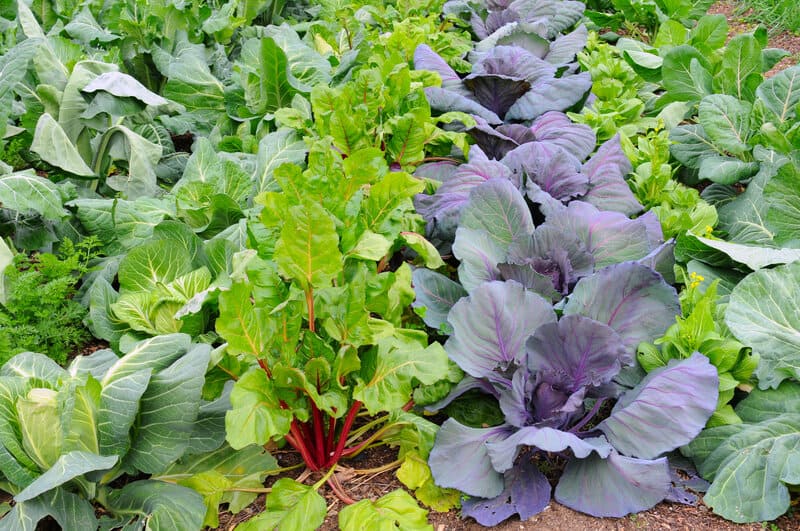CA Contractors #344056

It’s true that winter gardens require far less routine work and maintenance when compared with other seasons. Here in the Bay Area, winters are chilly and damp, but residents still enjoy the benefits of a Mediterranean Climate and that means sunny days and rarely-freezing temperatures result in more active gardens.
Winter’s shorter days and lack of sun trigger a more dormitory state for many trees, shrubs, and perennials, but there are lots of winter garden chores you can do to support the growth and work they are doing underground to be ready for spring.
The roots of your plants are working hard all winter long to prepare for their vibrant spring growth cycle. Offering high-quality fertilizers now give trees, shrubs, and perennial plants the nutrients they need to fortify themselves for their future emergence. Speak with your landscape maintenance company or your local nursery to learn more about how to do that.
Examples include adding fertilizers or liquid versions directly to the soil, using a manure or fertilizer tea, adding a layer of manure and/or compost around the tops of plant beds and the perimeter base of trees and shrubs. The health of your soil is a foundation for a more sustainable landscape.
Mulch is a gardener's best friend due to its multiple benefits. First and foremost, it can significantly reduce water consumption during these cooler months - even drier winters. A healthy mulch layer, aiming for two to four inches deep, also releases nutrients to the soil below as it decomposes. Perhaps most importantly of all, keeping garden beds well-mulched provides fodder for healthy microbe development (worms, bacteria, fungi, algae, and protozoa).
Two-Fer Tip: Rake all of those leaves and twigs that fall throughout the fall, along with lawn clippings and pruning remnants to make your own mulch. Click Here to learn how.
There are so many delicious vegetables that grow this time of year. Examples include:
If you’ve missed the boat on the August/September planting target for winter veggies like carrots, peas, broccoli, cabbage, Brussels sprouts, and cauliflower, there are other winter veggies that will provide loads of meals over the next couple of months.
Examples include:
In addition to tasting delicious and containing more nutrients than the average grocery store veggies, your winter garden also adds life, color, and texture to the winter landscape.
That’s a great segue to the need for color. It’s true that winter is a time when many plants drop leaves, lose color, and keep their blooms to themselves, there are still a variety of plants that remain colorful during the winter months.
Take a stroll through your local nursery or garden supply store and look for the following:
Your landscape designer can work with you to determine how to balance these around your landscape, depending on their soil, sun, moisture needs, and mature growth expectancy.
If you don’t have bird feeders around your yard, preferably surrounding a favorite patio area or in a space that is easily viewable from the windows put this task on your winter to-do list. An array of bird feeders (ground feeders, flat feeders, hanging feeders) and high-quality seed help to support our populations of winter resident birds and their visiting migratory friends. They are a very sweet, screen-free source of entertainment. A birdbath or water feature will also draw local birds to your yard.
On the flip side, while deer may be charming, it is not healthy for them to forage from your landscape. With declining predator populations, deer actually fare best when their populations are controlled naturally. First and foremost, never feed deer. Secondly, keep them limited to our northern California native species by applying deer repellant on your landscape plants (repeat applications encouraged) to protect your investment and their health.
Visit our Guide to a Deer Resistant Landscape to Learn more.
Do you have a designated dog run in your back or side yard? Think about mud prevention before the rains begin. The following is a list of landscape materials that can support a reduced mud or mud-free pace for pets (and kids!)
Not only does this make for a happier, healthier dog, minimizing mud in pet areas also makes for happier, less stressed homeowners.
There are also things you can do to update your hardscape this time of year, to create more safe and attractive outdoor spaces.
Need any help or support completing your Bay Area Winter Chores? Contact the team at Bay Area Landscapes for professional assistance.